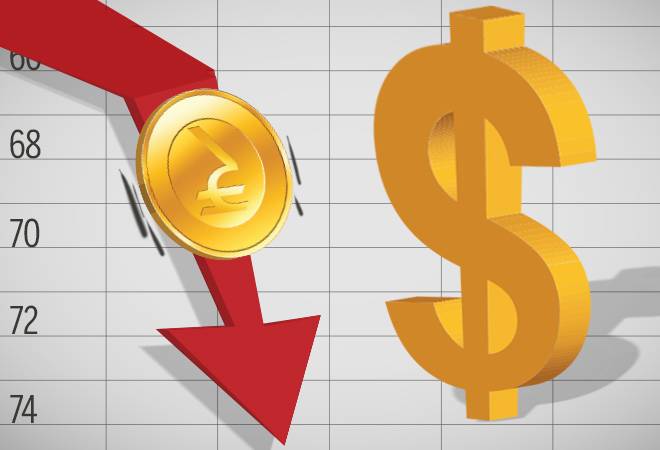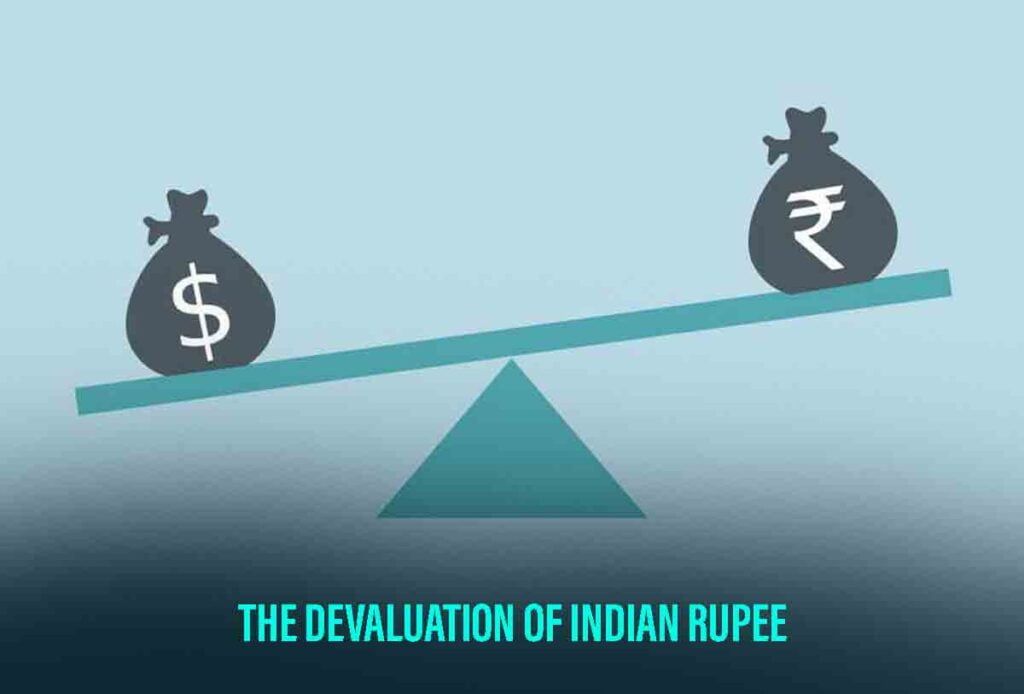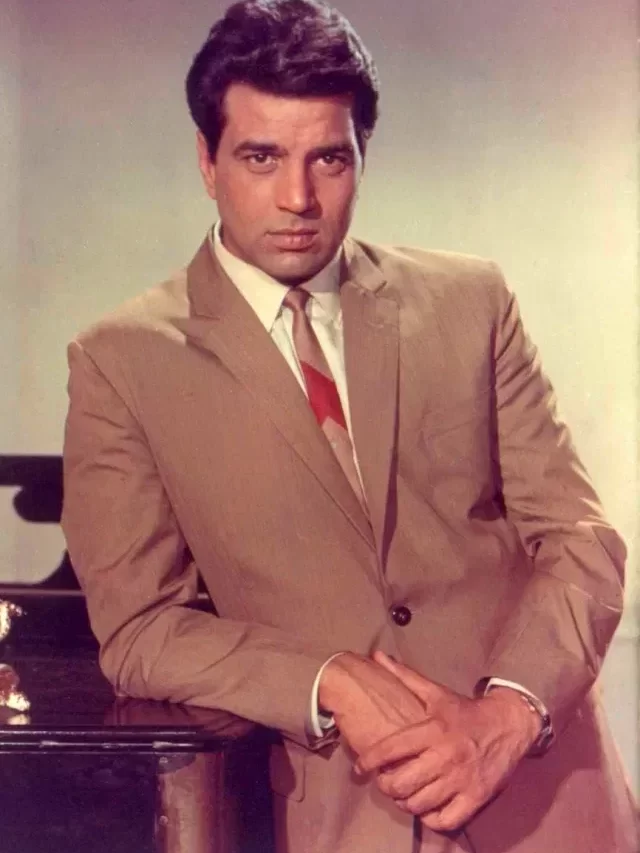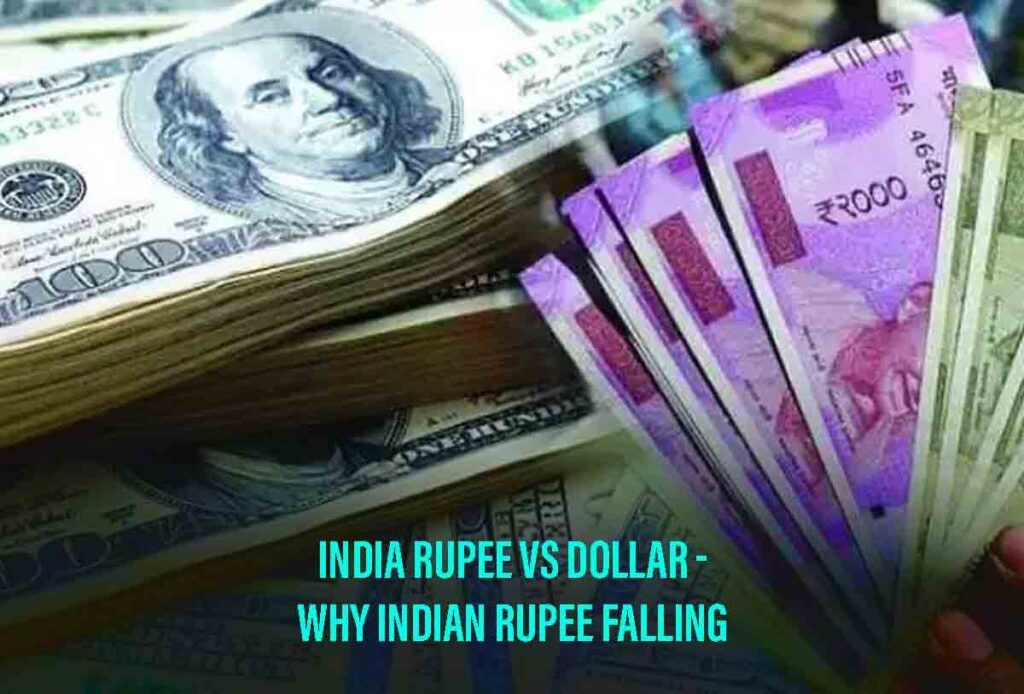Since 1947, the Indian currency is facing a massive depreciation in the international market. Though the devaluation of Indian rupee created more space for expensive exports, the Indian rupee since 1947 has kept falling. Drought, demonetization and the financial crisis have also contributed greatly to the problem. The year 2022 has seen a massive degradation of the Indian currency when compared to the USD. But, why Indian rupee falling even after the Government is trying to expand exports? What is the future of Indian rupee vs dollar? Let us take a walk down the lane to the year 1947 and a brief look at the history of rupee vs dollar to better understand the future of India rupee vs dollar.
India Rupee Vs Dollar
Since World War II has come to an end, the USD has been enjoying superiority in the global international market. All this began soon after World War II placed certain limitations on exchanges. While the USD started gaining traction in the world market, the Indian currency began to experience major depreciation.

The USD is used as a standard system to measure and compare the value of other currencies. But, complications erupted in the Indian economic scenario soon after our country got independence from British rule. While pre-independence, the USD and the INR had the same value, post-independence, India saw a huge downfall in the Indian currency, which is predicted to continue in the future too.
History Of Rupee Vs Dollar
The year was 1945. World War II had just concluded. In the wake of this grim situation, the USD rose to power. While every country out there was facing economic depression, the USD gained traction in the global market. Trading became much easier with the dollar when compared to other currencies. Since then, the dollar has been used as a tool to measure the value of other currencies worldwide. But, the relationship between India rupee vs dollar has been a rollercoaster journey. The USD to INR exchange rates keep changing continuously with economic fluctuations in India and abroad. So, the question is, what is the history of rupee vs dollar? Why Indian rupee falling?
To start off, let us first understand the global exchange rate. To put it simply, the global exchange rate is an important metric to determine and analyse the economic power of a county. For example- if the value of foreign currency sees an appreciation with respect to one country, then imports become expensive for the particular country and exports become cheaper and ultimately the profit is much lower than the loss So, for reference, if India needs more money to exchange it for USD, the Indian currency has been hit by depreciation and this is what is happening in the present scenario. In this article, we will take a look into the history of rupee vs dollar to better understand why Indian rupee falling in the global market.
After Independence
India was recognised as an independent country in the year of 1947. Since it was a British-ruled country, it had no records of debt on its own. Thus, many thought that 1 USD equalled 1 INR. But, that was not the case. As INR was derived from pounds, the exchange rate was 1 pound = 13 INR and one pound was equal to $2.73 in 1947, therefore, 1 USD equalled 4.76 rupees.
Soon after Indian independence from British rule, Jawaharlal Nehru, the first Prime Minister of independent India, realised the grim situation of the Indian economy. As a newly formed country, India lacked the capital and assets to run the economy. So, to compensate for the lack, Nehru started borrowing money from other countries, especially Russia. This ultimately increased the foreign borrowings, so much so that India was left incapable to borrow further.
Then came the year 1957 when the decimal system was introduced into the Indian economy. The Indian rupee was divided into 100 naya paisa. Though this revolutionary step made money accessible to each and every class of Indian society, the value of INR also saw an increase.
But, the drought of 1960 worsened the situation. Again, the war with China in 1962 aggravated the situation further. Adding to that, the Indo-Pakistan war of 1965 created havoc in the Indian economy. Fast forward to one year later in 1966, the Indian rupee started experiencing a downfall
To solve the problem, the devaluation of Indian rupee to 7.50 INR in comparison to the USD was introduced. While this was done to stabilize the Indian economy, the devaluation of Indian rupee invited inflation into the country. This continued until 1971 after which the Bretton Woods Agreement was abolished to ban the conversion system. But, again in 1973, the India rupee vs dollar experienced a sharp downfall with the oil shock when OAPEC decided to reduce oil production.
While the situation was still sensitive, the Economic Crisis of 1991 brought forth another problem. The collapse of the USSR led to a steep decline in India’s exports. Further, the doubling of crude oil prices contributed to the problem too. This created an imbalance in the Balance of Payment for India and as a result, the country was hit by an economic crisis. By the end of 1990, the Indian rupee fell to 1 USD = 17.32 INR. Again, to stabilize the economy and invite foreign investment into the country, devaluation of Indian rupee was introduced.
Also Read- Evolution Of Indian Money And The History Of Indian Currency Notes
During 2000
As an effect of devaluation, the Indian rupee kept falling further and now one needed 25.92 INR to buy one USD. By 2002, the value of the Indian rupee declined to Rs. 48.99 with respect to USD.
But, the year 2007 brought a ray of hope for the country. Foreign Direct Investment increased in India which ultimately brought a steep rise in the value of the Indian rupee. But, the global economic crisis of 2008 further created a depreciation of the Indian currency. By 2013, the value of the Indian rupee came down to about Rs. 56.57.
Fast forward to three years later in 2016, Prime Minister Narendra Modi introduced demonetization in India. Though this was done to bring an end to the circulation of black money and to prevent corruption and crimes, the result was something different. The unavailability of new cash in the country created havoc and the value of the Indian currency fell by Rs. 68.77. Again, the pandemic and other internal factors too contributed heavily to the problem. Presently, 1 USD = 72.55 INR.
India Rupee Vs Dollar – Devaluation Of Indian Rupee
The devaluation of Indian rupee is a process where India’s exchange rate is reduced in the international market but the internal value is fixed. This ultimately increases exports and invites foreign investment in the country.

Devaluation Of Indian Rupee In 1949
The devaluation of Indian rupee was first introduced in the year of 1949, two years after India gained independence from British rule. The value of India rupee vs dollar changed from ₹3.309 to ₹4.762, to sustain the economy. The devaluation of the Indian currency invited more foreign investment into the country which ultimately strengthened our economy.
Devaluation Of Indian Rupee In 1966
As mentioned earlier, the drought and subsequent wars with different countries weakened the Indian economy. The Indo-China war of 1962 followed by the Indo-Pakistan war of 1965 wreaked havoc in the Indian economy. Thus, to compensate for the economic crisis, the Indian government devalued Indian currency to 7.50 INR in the year 1966-67.
Devaluation Of Indian Rupee In 1991
The Economic Crisis of 1991 called for another devaluation. Due to the economic crisis, the foreign reserve declined and the country went bankrupt. Thus, the Indian government introduced yet another devaluation which decreased the exchange rate by 11%.
Also Read- Interesting Facts About PV Narasimha Rao – The Father of Indian Economic Reforms
Why Indian Rupee Falling?
Despite the Indian government’s repeated efforts to stabilize the value of the Indian rupee, it keeps falling. But, why Indian rupee falling in the global market? Actually, the value of INR depends on crude oil prices. Thus, when oil prices increase, the value of INR decreases and vice versa. Again, in recent years, foreign investors are showing no interest in the Indian economy. Experts say that this can be a major factor behind the falling of the Indian rupee.
Conclusion – Future Of Indian Rupee Vs Dollar
It is being predicted by experts that the future of Indian rupee vs dollar might continue to experience a downfall. But, this doesn’t mean that the downfall or depreciation of the Indian currency was necessarily bad for our economy. The depreciation has strengthened our economy during the crisis period. With our floating exchange rate system, the value of INR w.r.t USD is determined by several market forces and different internal factors.
For more related articles, visit Finance












